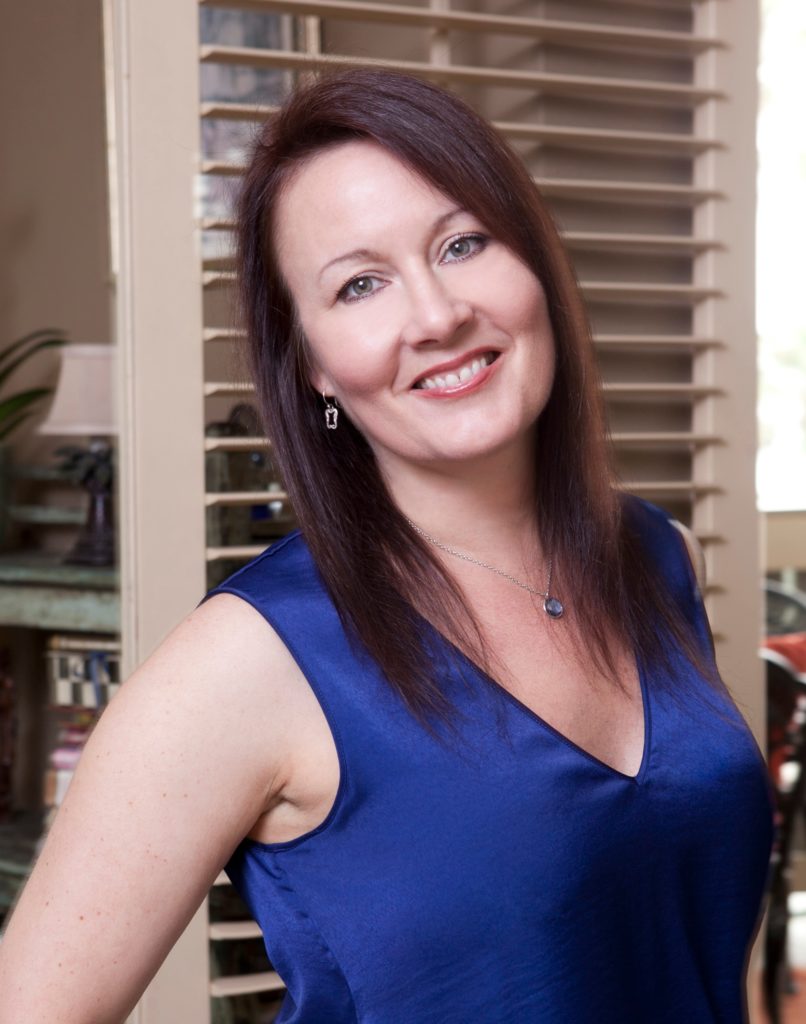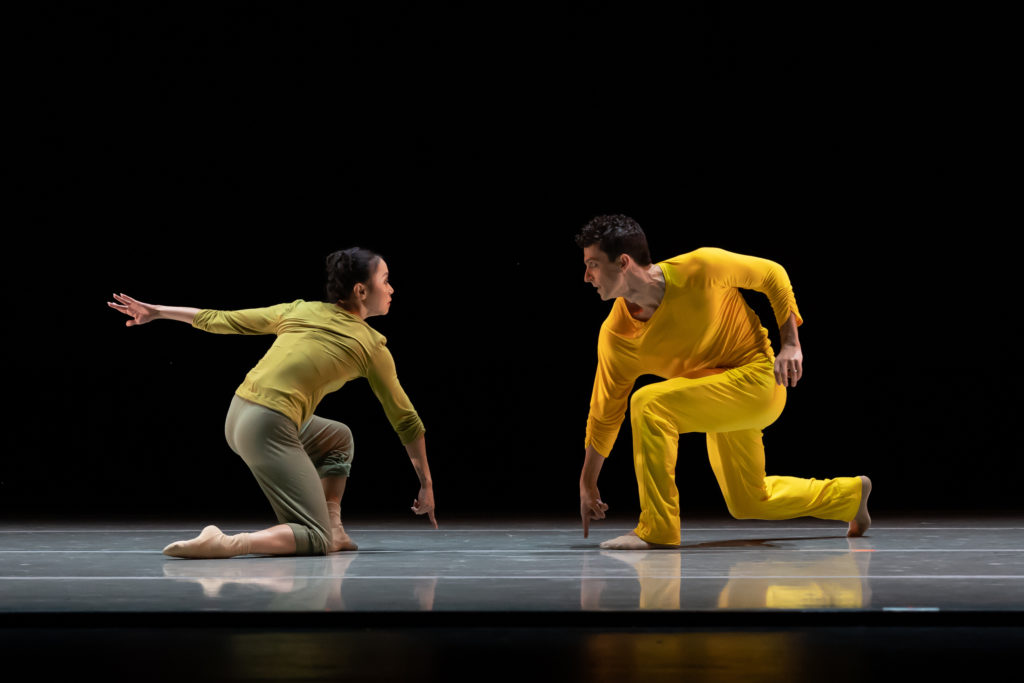A Conversation With Jodie Gates: The Cincinnati Ballet Director’s Vision Comes Into Focus
When Jodie Gates was named Cincinnati Ballet’s new artistic director, succeeding Victoria Morgan, she came to the position with a wealth of industry knowledge and decades-long dance experience. Back in January, she talked to Pointe about her big-picture vision for where she wanted to take the company.
Now, having officially begun her journey with Cincinnati Ballet—which is currently in the midst of its season-opening Kaplan New Works Series—Gates spoke with us again to outline key aspects of her plans and desires for the organization going forward.

You mentioned before how equity, diversity and inclusion will play important roles in your vision for Cincinnati Ballet. What steps will you be taking towards those ends?
I had specified when I was hired that I wanted to align with a consultant that would be working with the organization on what we call IIDEA (identity, inclusion, diversity, equity, accessibility). We have begun talking with the consultant and our staff about what a sense of belonging means in the workspace, and how can we do better at that. On a community level, we are in conversations with other organizations looking to collaborate with Black and brown artists. We are also, going forward, looking for more representation in our staff and on the stage.
Are there specific things you want to see happen as a result of working with the consultant?
No. As an active listener I would like to be a part of creating a culture of belonging and seeing where I can improve my own skill sets. My hope is with the consultant we create a brave space where everyone can express themselves. The organization is growing, and we have big dreams, and all of that is wonderful, but it has to be supported by a healthy work culture.
How has IIDEA impacted your dancer roster for the 2022–23 season?
We have 28 dancers now, with most returning from last season. The few openings we had I filled with two BIPOC individuals. Also, two BIPOC dancers from our Academy’s Professional Training Division were moved up into the second company, CB2.
What is your vision for the identity of the company?
Certainly, part of our identity is dictated by the repertoire, but what I am really hoping for is that we develop our own style. A hyper-musical, full-port-de-bras style layered with joy, with beautifully coordinated dancers that have a tremendous sense of épaulement and who can do both classical and contemporary work. A style that, when our dancers guest or are seen elsewhere, people say “Oh, you must be from Cincinnati Ballet.”

Will you be consciously seeking out female and BIPOC choreographers to fill programming needs?
I have already reached out to several dancemakers who are BIPOC, and who have been in my sphere for years, about making or setting work on the company. I also want to continue with what Victoria [Morgan] was doing in programming female-identifying choreographers.
Do you see yourself wanting to tip the scales in that direction or finding a balance with who the company works with?
Balancing the scale. It is not about trying to check off a box. That is not what we are doing here. It is more about unbuilding notions about what ballet is and decentering whiteness as being the dancemakers all the time.
Previously, you spoke of creating a form of ballet in Cincinnati that reflects the cultural landscape in which we live. What steps will you being taking toward that?
Telling traditional stories in contemporary ways and telling new stories, including those from a female perspective. We should be forward-thinking about the narratives we are expressing in this artform.

You also mentioned dismantling certain notions of hierarchy and elitism in ballet. How so?
It’s about leveling the playing field. Ballet is not the foundation of dance. It is another artform. Making it so that people feel comfortable coming into the theater or opera house to see ballet is one way. That might be the way we curate performances, like having some with music that is more familiar. Ultimately, it’s finding different avenues to reach people with the hope of making ballet truly for everyone. It is not going to happen overnight and will take a collective effort throughout the ballet world.
How do you see your role as artistic director with the company playing out?
To build the company, I need to be in the studio with the dancers. I enjoy teaching and am a good teacher. It is important I help the dancers train, and coach them. I will also be staging works. That doesn’t mean I will be in there every day, because the other side of my role is to be a part of the administrative team brainstorming marketing and development ideas and building partnerships in the local community. I am also very interested in developing touring opportunities for the company.




